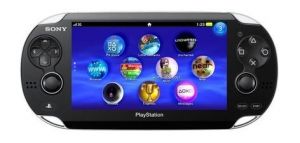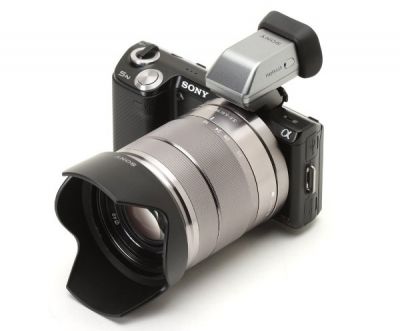OLED-Info Interview with MicroOLED's CEO
 MicroOLED was founded in 2007 - to develop and produce OLED microdisplays. The company had plans to release their first product towards the end of 2009, but these plans were scrapped. Last month the company announced that they are about the ship their first-gen product in 2 months, and already received orders for over 10,000 microdisplays. MicroOLED's first-gen display is a 9.6mm 800x480 (WVGA) OLED microdisplay that uses white SM-OLEDs and RGBB color filters. Power consumption is 25mW for 60Hz video at 150cd/m2.
MicroOLED was founded in 2007 - to develop and produce OLED microdisplays. The company had plans to release their first product towards the end of 2009, but these plans were scrapped. Last month the company announced that they are about the ship their first-gen product in 2 months, and already received orders for over 10,000 microdisplays. MicroOLED's first-gen display is a 9.6mm 800x480 (WVGA) OLED microdisplay that uses white SM-OLEDs and RGBB color filters. Power consumption is 25mW for 60Hz video at 150cd/m2.
Eric Marcellin-Dibon, MicroOLED's co-founder, CEO and head of strategy and biz-dev was kind enough to answer a few questions we had. Eric has more than 20 years experience in the field of high technologies and consumer electronics. Previously director of the display strategy and general manager of the strategic sourcing group at Thomson, Eric held several management positions in France, Germany and in the UK.











